Located on the site of the largest WWII refugee camp in Denmark, FLUGT gives global refugees a voice and a face. The museum was designed to both tell the story of the Oksbøl camp in Denmark and to explore the experiences of refugees across the globe today, portraying their universal struggles, emotions and stories.
The former camp was converted into a 1,600-square-metre museum by BIG (Bjarke Ingels Group). It features exhibitions and experiences that demonstrate the relationship between the local history of the Oksbøl site and the current refugee crisis.
Stories are told through a range of visual highlights, soundscapes, animations, interviews and original film material. There is also an immersive audio walk outside. This takes guests through the forest as they learn more about what daily life in the camp was like.
The museum, which was created in partnership with Tinker imagineers, a leading experience design and production agency, opened in 2022. It has since received a great deal of award recognition. Amongst others, it won in the category of International Exhibition of the Year at the Museum + Heritage Awards 2023. It also won gold at the Muse Awards 2023 in the category of Interior Design - Museum (NEW) and was given a special mention at the German Design Awards 2023.
We speak to Claus Kjeld Jensen, museum director at Varde Museums and Erik Bär, founder of Tinker imagineers. Together, they explain the museum’s vision and how the design brought this to life.
Why create FLUGT, a Refugee Museum in Denmark?
FLUGT, The Refugee Museum of Denmark, is part of the Varde Museums. This is a family of ten different exhibition venues in Denmark. Speaking about why the museum was created, Jensen says:
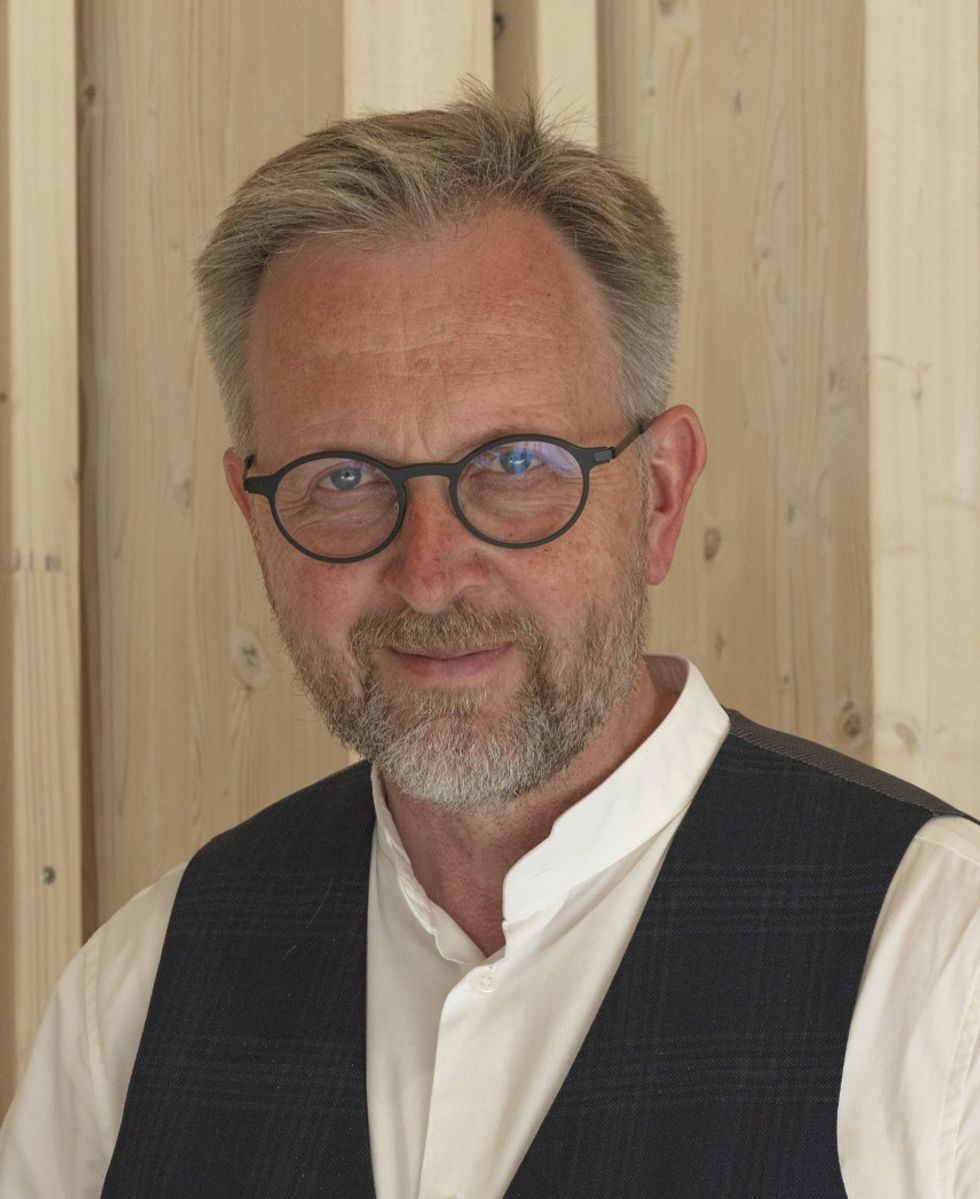
“By the end of World War Two, there was a large number of German refugees in Denmark. The museum in Oksbøl is on the site of what was a huge refugee camp from 1945 to 1949.
“For the last 15 years, we have been thinking about and discussing making a museum here. It is part of our task to tell the story of our municipality and this refugee camp is part of our history. At the same time, it also became more relevant to make this museum since the number of refugees worldwide just keeps growing bigger and bigger.
“We wanted to talk about this issue but set it in a local context.”
Varde Museums and Tinker imagineers
To make this vision a reality, Jensen and his team turned to Tinker imagineers. This is a company which they had previously worked with on the creation of Tirpitz, another Varde Museum, set in a WWII-era bunker off the coast of Jutland, Denmark.
Introducing Tinker, Bär says:
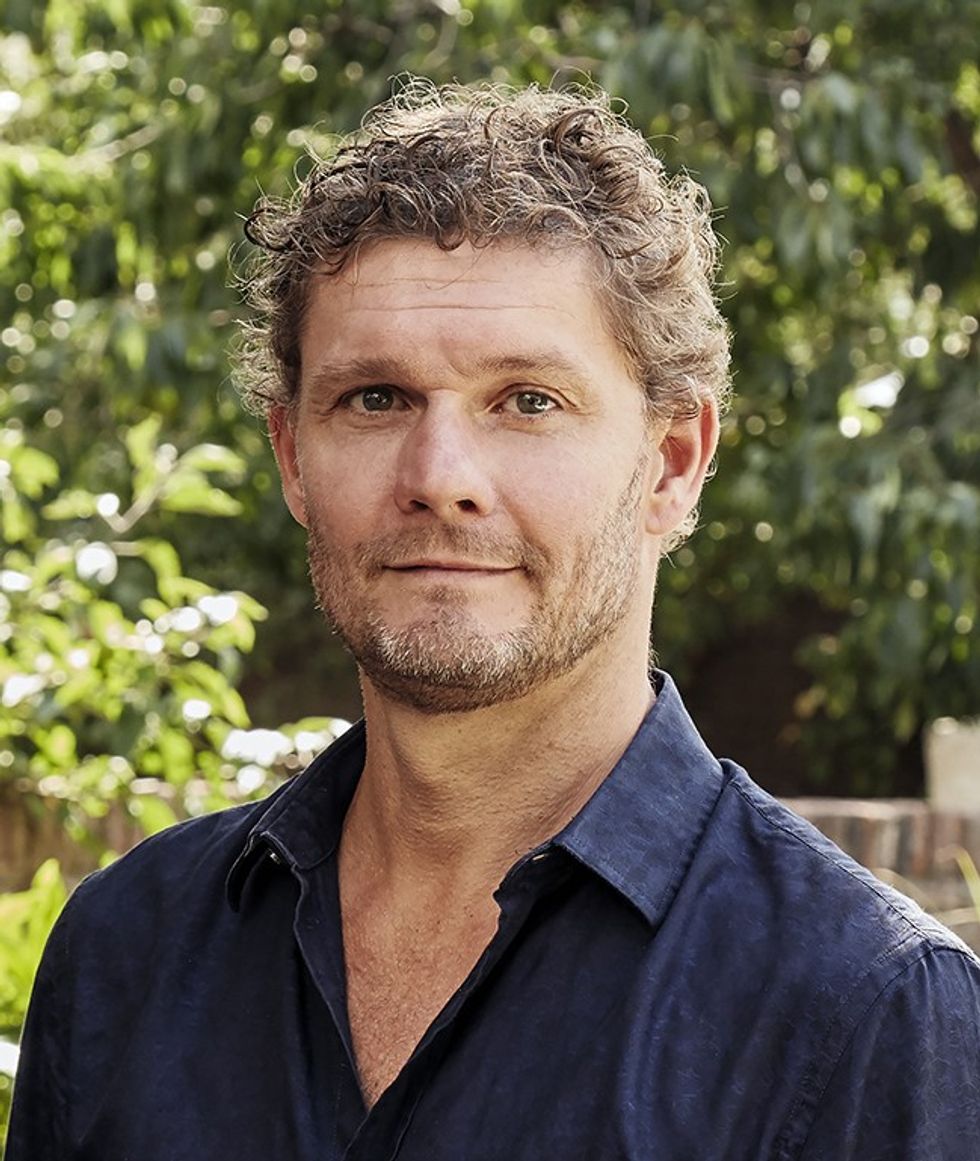
“Tinker Imagineers creates inspiring spaces, including immersive experiences, exhibitions, museums and more. I started Tinker Imagineers with my business partner and good friend Stan [Boshouwers ] over 30 years ago. We like to work on truly meaningful projects, and we work across The Netherlands and Europe.”
Jensen first came across the firm when he saw an exhibition it had designed for the National Maritime Museum in Amsterdam. At the time, he and his team from Varde Museums were travelling around Europe to get inspiration for the creation of Tirpitz. They were searching for the right company to work on the project.
“I was blown away when I saw that exhibition at the National Maritime Museum. It was quite obvious to us that we had to learn more about Tinker.”
Creating Tirpitz
Tirpitz is very different from FLUGT, says Bär.
“What we liked about that project was its combination of different museums under one roof. That was nice because every gallery had a very different approach. It was a great project to work on together with the museum because we found that we had similar tastes. Also, we had a certain amount of freedom in creating distinct atmospheres for a gallery.”
The main goal of that project was to make a museum for people who ordinarily do not go to museums.
“That is a good thing because you are not preaching to the converted,” he adds. “It turned out to be very popular with people who would normally go to the beach in that area. It was a very good starting point for our relationship!”
“We had a very good experience working with Tinker on Tirpitz,” says Jensen. “The task there was to make a museum for those who never go to museums. That in itself is contradictory and perhaps difficult. We also wanted to create three very different appearances and environments. We were initially thinking about using three different design companies. Luckily, we didn't do that because we found that Tinker could make very different experiences under the same roof.
“So, when we started making FLUGT we knew that we had a good connection and that we could easily understand each other. We knew that when we asked for something from Tinker, they would come back with something better than what we asked for because they understand our questions.”
Story is key at FLUGT
Explaining how the Tinker imagineering team first approached the FLUGT Museum project, Bär says that the story was the most important starting point.
“We began by asking Claus and his team questions about the storyline. Rhen we translated that into the various spaces. We needed to keep that big idea in our heads the whole way through; what does this place tell visitors?”
One of the firm’s key approaches is that the team meets people where they are when they are dealing with different subjects: “Whether people don’t know much about the topic, or if they feel very positive about it, we pick them up where they are. From that point, we slowly take them through and make it more personal. By the time they get to the end, they really feel the subject.
“We try to develop the concept and the idea storylines, and then translate that into different designs and experiences. We always think about what is it that people experience in a room, what is the visitor journey like?”
An immersive and emotive experience
Jensen adds that the reason why Varde Museums chose Tinker for the FLUGT Museum project was the firm’s ability to work with emotions and to create immersive experiences that touch people.
“That was, of course, very important for making the FLUGT museum, working respectfully with emotions and with difficult topics. We were taking up a highly political and potentially divisive issue. We knew that Tinker would have respect for the topic. And at the same time, we knew they have the courage to do something that would touch people’s emotions.”
Trust was an important part of the partnership, explains Bär. And, because of that trust, there was more freedom for Tinker to make suggestions:
“If we would have proposed the same things eight years ago when we were working on Tirpitz, we probably wouldn't have been able to make them. But because of our history, we were able to take the design a step further. In some places, it’s quite an arty concept. It's certainly not as straightforward as you would think for a refugee museum.
“That's the approach we wanted to take, we wanted to do something different. In that sense, it went further than the things we've done before, and that was because of our mutual trust.”
Finding a balance
The refugee crisis is an emotive and sometimes difficult topic. Dealing with both the political and the human aspect of the subject was a key challenge for the team, says Bär.
“We are people with privilege, talking about the experiences of people that we've never met. At the opening, when I met some of the people whose stories are featured in the museum and saw their reaction to what we've made, I was finally reassured that we had got it right for them."
“It's a tricky thing. On the one hand, we have to take that seriously, but on the other hand, we cannot tell everybody's life story in full detail for a large audience. You have a large number of visitors entering a museum. You don’t know what they know, what they don't know, and what they would like to hear.
“Finding that balance, especially in the emotional and personal aspects of the story, was the greatest challenge for me.”
FLUGT approaches stories with respect
Jensen adds that treating the topic, and the stories, with respect was vital:
“We have to give visitors the story in a way that is balanced. It was also important to be respectful to the refugees who kindly gave us their stories. I'm so thankful that they would share their stories with us and trust us to present them in a good way. On the opening day, it was very emotional seeing these refugees being so proud about their stories being told, and seeing that they liked what we had done.”
There were also some technical challenges in creating the visitor experience:
“For instance, we wanted to create a story in the forest, where the refugee camp once was. We wanted to give them the same story and connect it with the indoor experience. But there isn’t really anything to see outside now. So, it was a big task to create this immersive experience in the forest that helps visitors to believe they are in a refugee camp seventy or eighty years ago.”
A unique experience
In the end, this section became one of his favourite aspects of the museum.
“The outdoor section is a very emotional experience. We’ve created a guided tour for visitors to listen to as they go around what used to be the refugee camp. Alongside the information, we also feature personal stories. So, visitors hear about the hopes and dreams of those refugees and their fears and challenges in the camp."
“This speaks to how skilled Tinker is in taking a story and creating a storyline with variation. They add pauses and different elements to the experience. Those changes keep visitors engaged as they go around the exhibition. This variation is fundamentally important when you are trying to create a good visitor experience.
“Keeping everything all the same level throughout the exhibition is the worst thing that you can do.”
Connecting with visitors at FLUGT
For Bär, his favourite aspects of the finished museum are also the sections that have the most emotional impact:
“There are two parts of the experience where I see that people are really touched. The first one is the second room where, after the general overview of how large the refugee crisis is, there is an immersive room where you start with all kinds of media clips, and then this becomes increasingly dynamic.
"At the end of this, the people in the videos address you. They say things like ‘I know how you are looking at me. I was in your seat once, I wasn't born a refugee; it could happen to anyone. That identification moment is really powerful."
“The second moment is a room that we struggled with initially. This is where visitors hear stories about people who are trying to figure out whether they stay or whether they have to go back and how that involves certain challenges and struggles. In the end, we communicated those stories using copper wire figures.
“It all came together when we suddenly realised that it shouldn't be people looking at the figures, but that visitors should be part of the whole installation. So, now people sit down and it's like they are meeting those figures. That interaction is where it really comes to life for me.”
A positive reception for FLUGT
Now the museum has been operating for almost a year. The reception from visitors has been good. In fact, says Jensen, 95% of visitor feedback is positive.
“The main thing people tell us is that it is an emotional experience and that it is very balanced. It helps them to understand the issues in more depth and to open their minds to these stories.”
FLUGT received a Special Mention at the German Design Awards 2022, one of the most prestigious accolades in the international design industry. In addition, the museum was a finalist at the FX Awards 2022. It was also given an Honouree Award at the Interior Design Best of Year Awards 2022.
“We're also very proud that we have this recognition from colleagues and professionals around Europe,” adds Jensen.
What’s next for FLUGT and Tinker?
The museum is not, however, stopping there.
“There was a part of the project that we didn't have time to finish before the opening last year, and we have just begun to work on that with Tinker,” says Jensen. “There's a barrack next to the museum building. Here, we want to create an extra experience, as well as an education space.
“We also have several special exhibitions coming up in the next year. In the summer we will have a special exhibition on Ukraine. There's a photographer right now in Ukraine taking photos of people who are living in the war zone, and we will showcase that work as part of that exhibition.”
For Tinker, there are other interesting projects in the pipeline too, as Bär explains:
“At the moment we are working on a World Food Experience that is based in the Netherlands. This is all about helping young people to learn more about healthy food choices, etc.
“We also recently opened the BBC Earth Experience in London. Now we are creating new versions of that in other locations around the world. It was nice to work with BBC and David Attenborough to create something that helps to make people aware of the fragility and the beauty of the natural world.
“Whether it's refugees or climate change, or healthy living, all those are important topics that we enjoy working with.”
Images of FLUGT © Mike Bink and Tinker imagineers
Charlotte Coates is blooloop's editor. She is from Brighton, UK and previously worked as a librarian. She has a strong interest in arts, culture and information and graduated from the University of Sussex with a degree in English Literature. Charlotte can usually be found either with her head in a book or planning her next travel adventure.


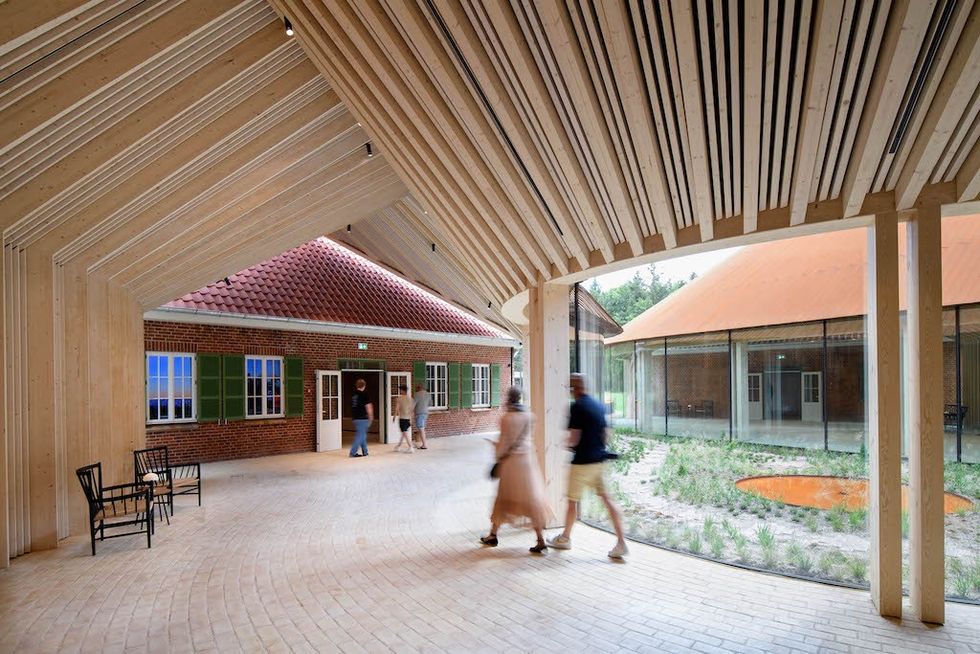
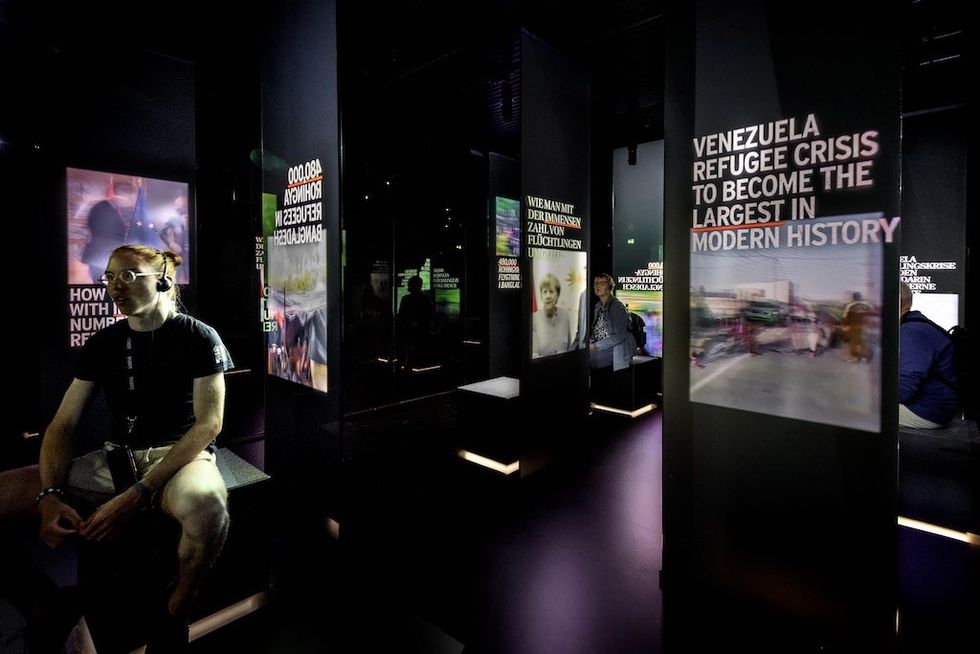
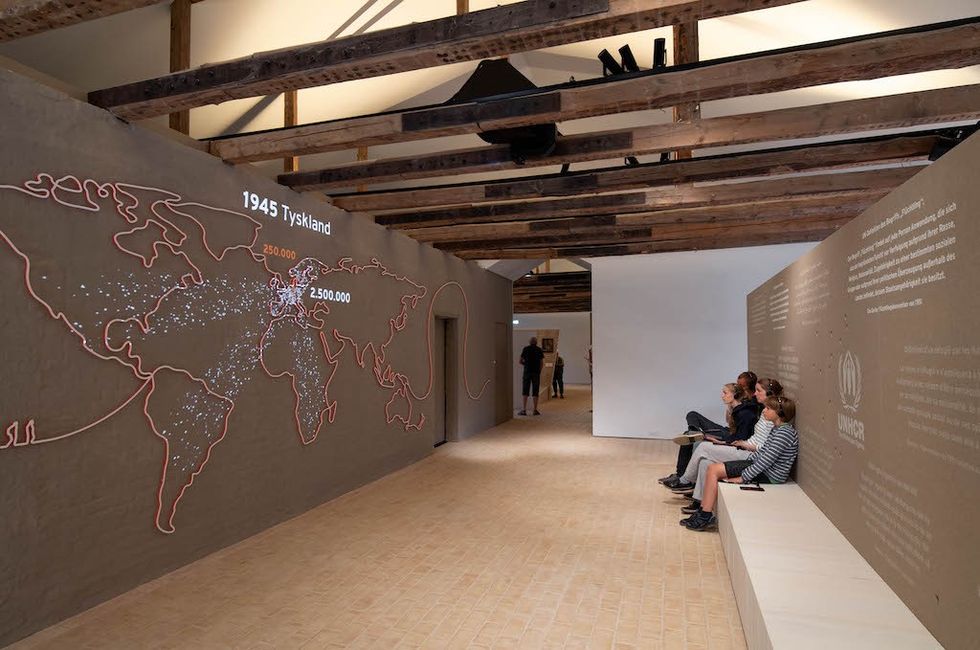

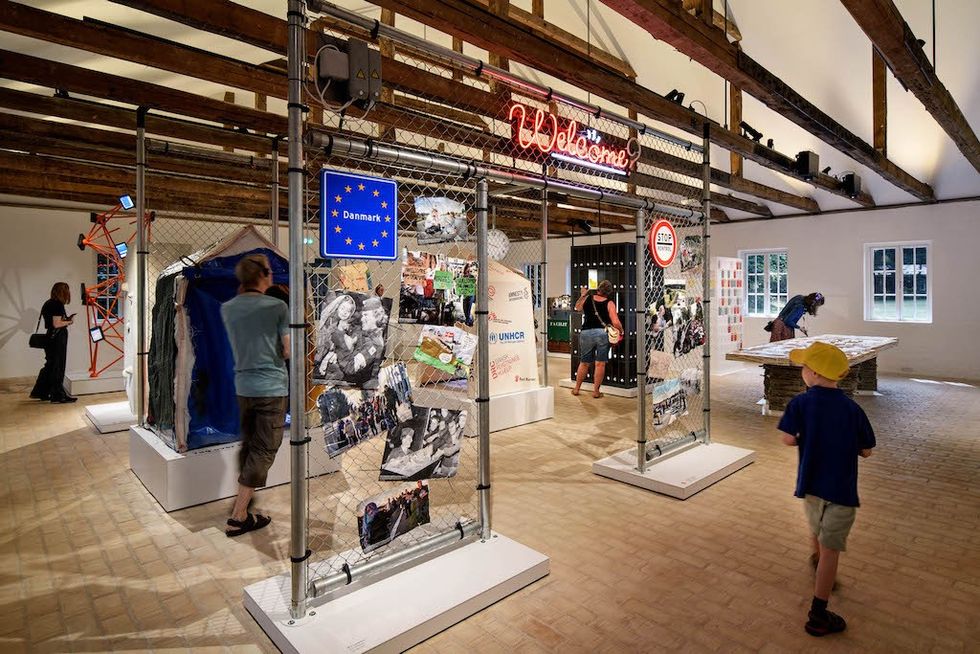

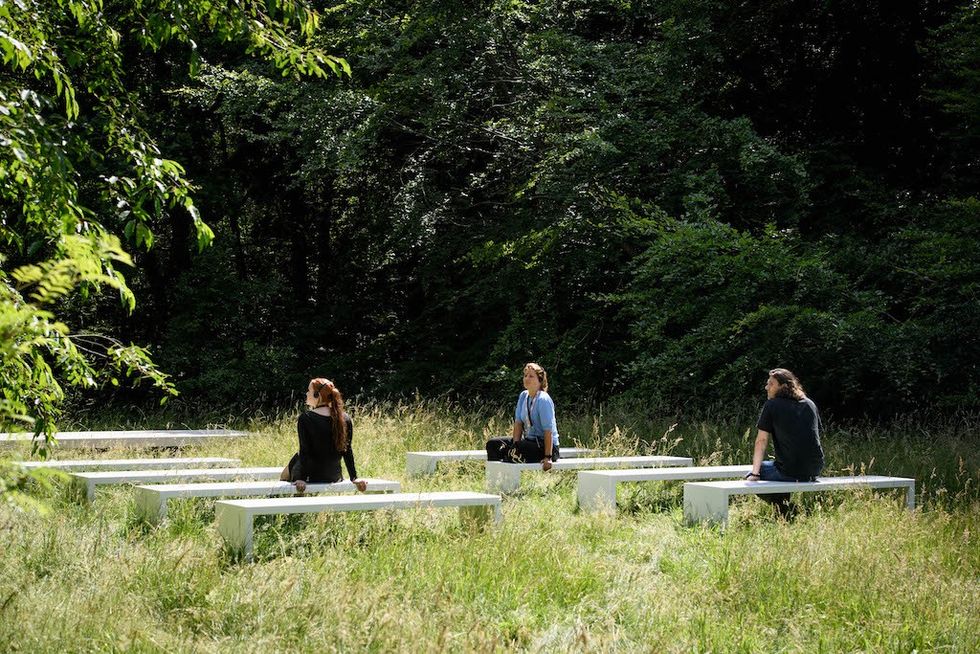
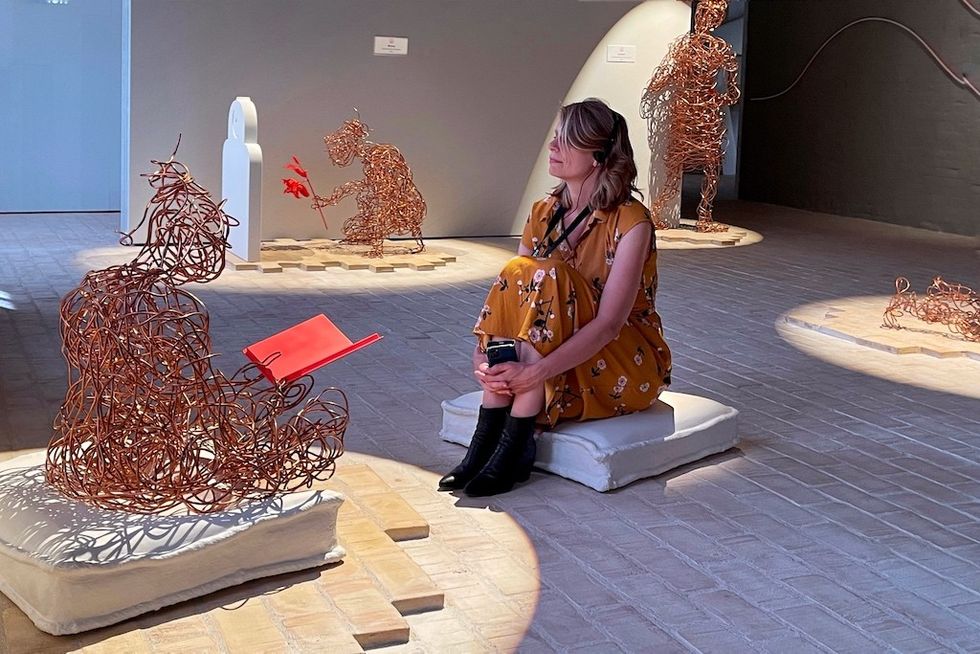
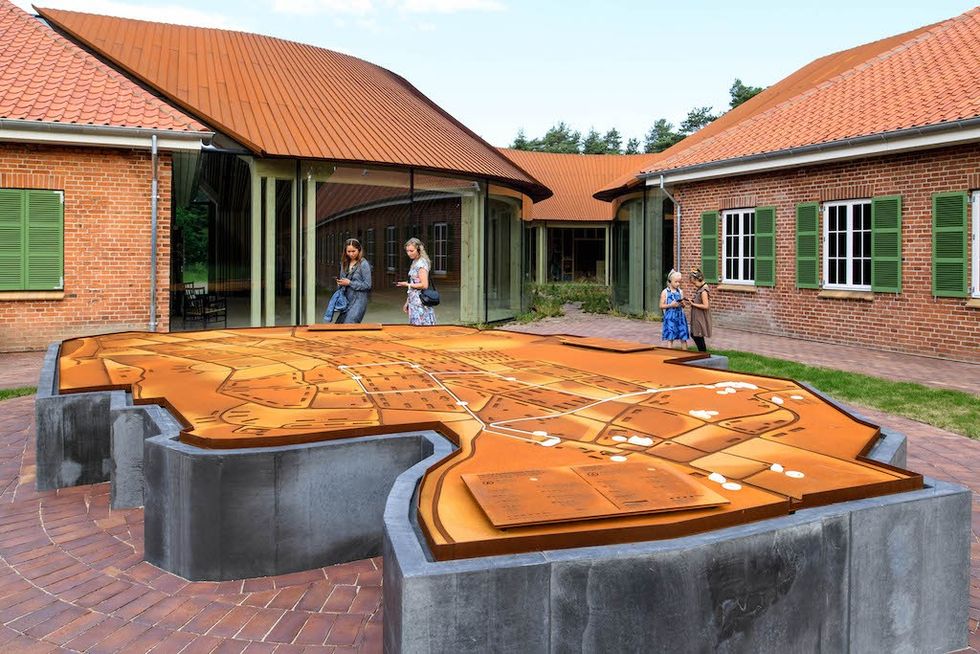
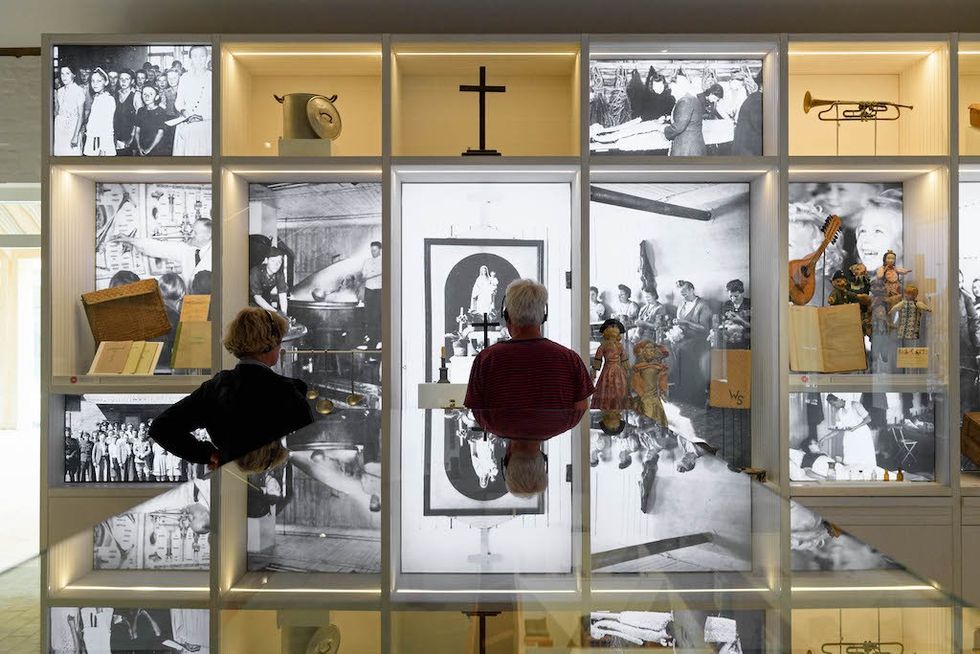


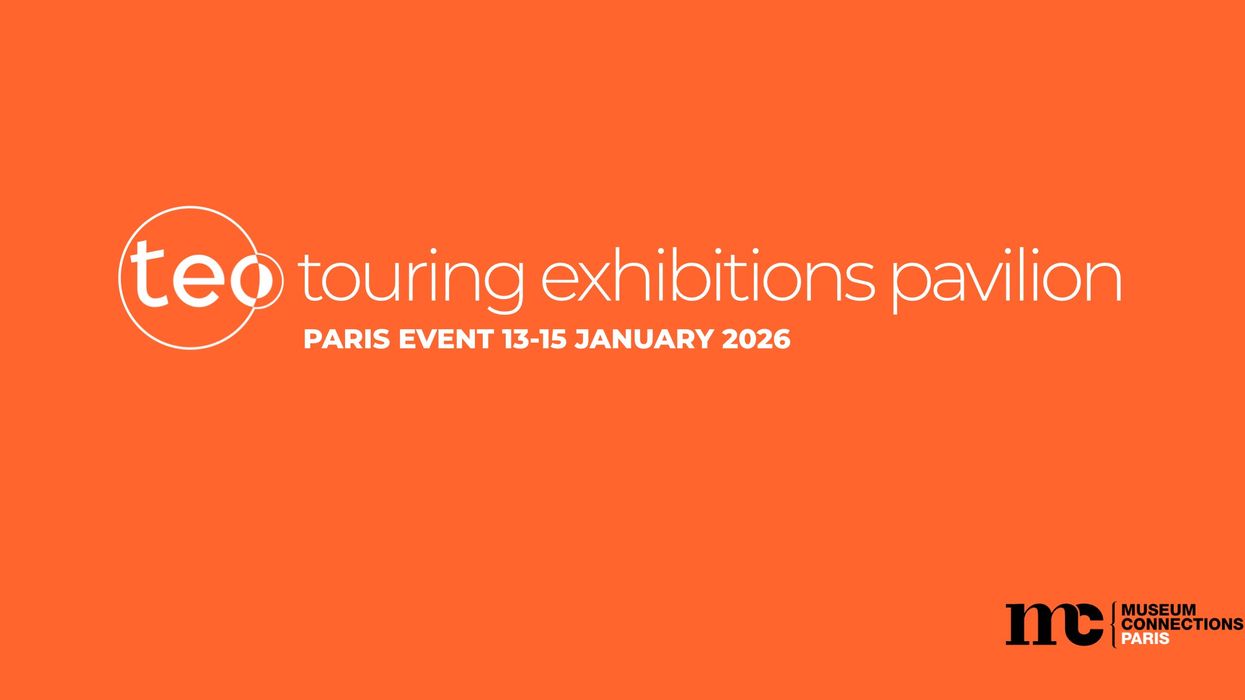
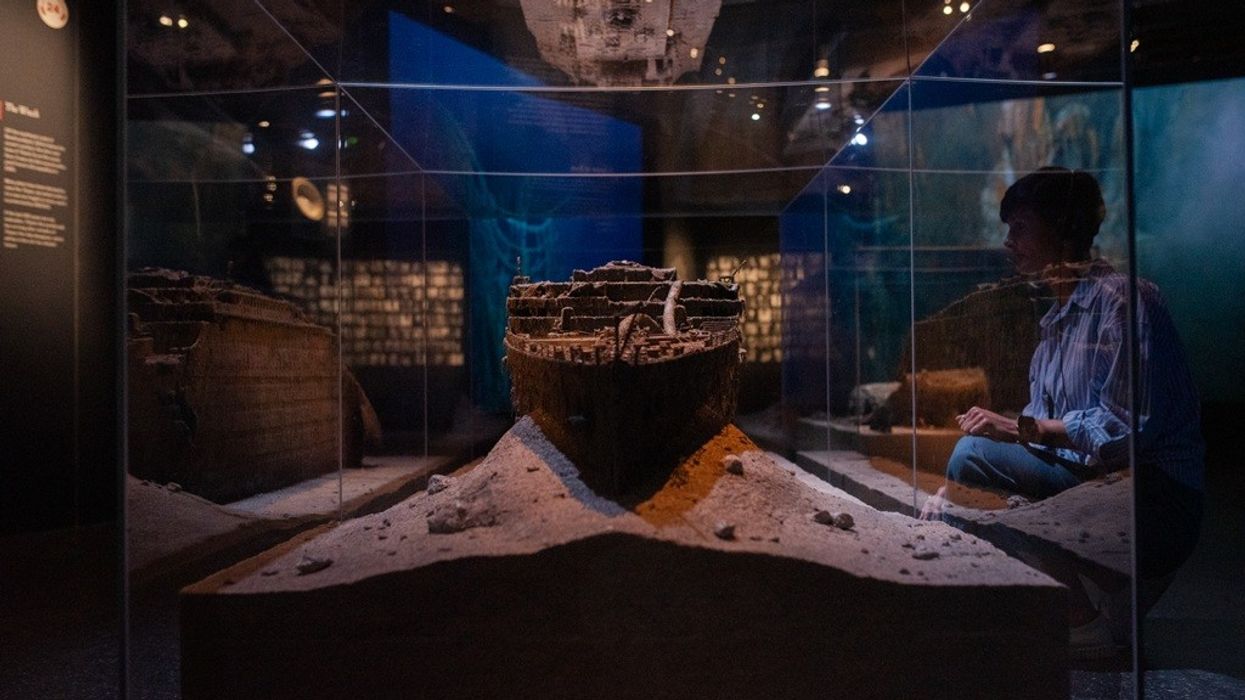
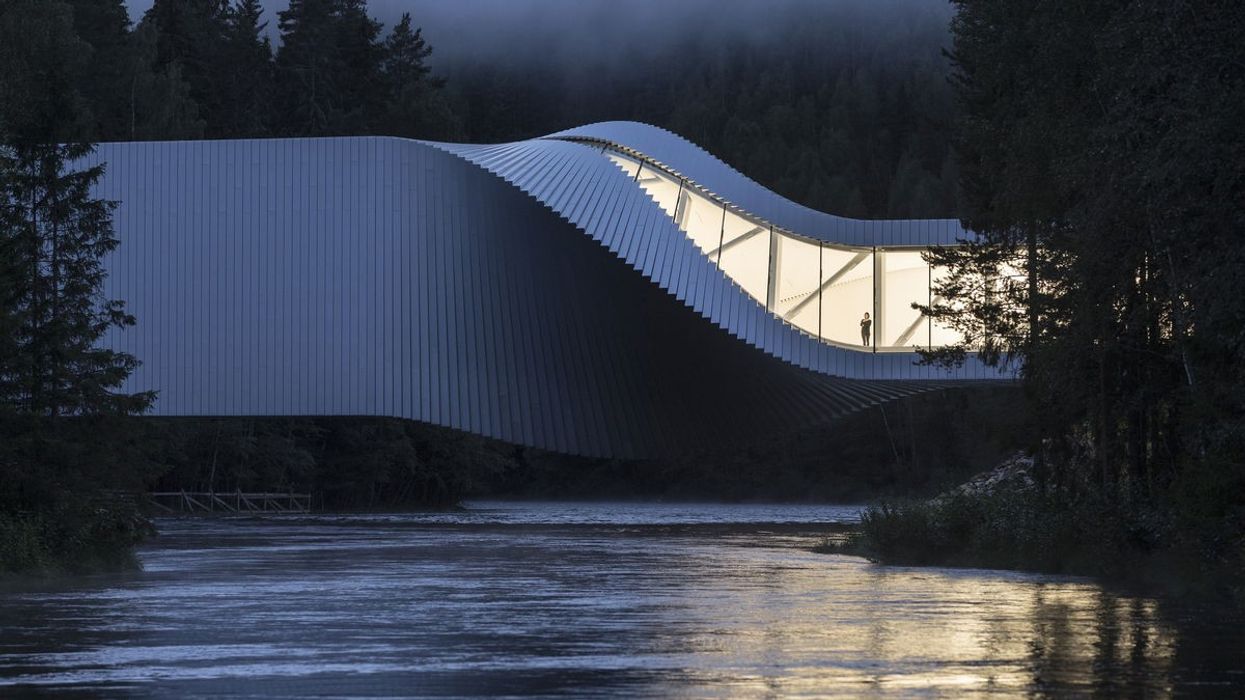

 TM Lim and Adam Wales
TM Lim and Adam Wales







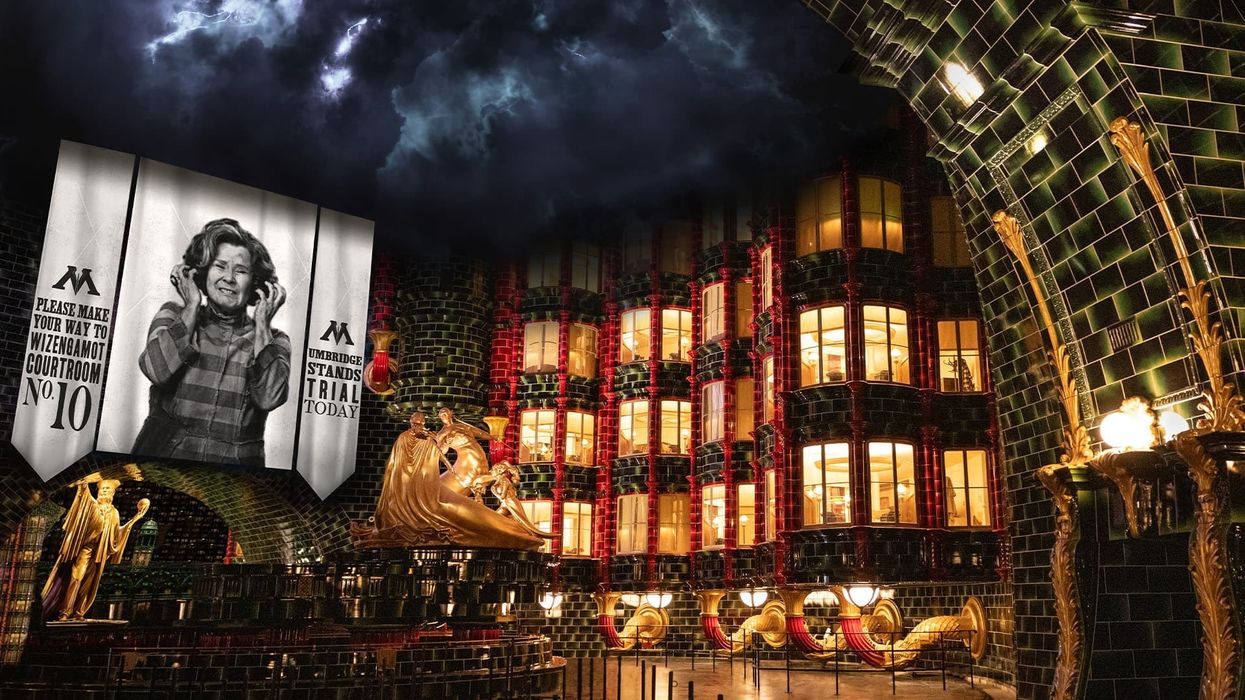

 Toby Harris
Toby Harris Hijingo
Hijingo Flight Club, Washington D.C.
Flight Club, Washington D.C.
 Flight Club Philadelphia
Flight Club Philadelphia Flight Club Philadelphia
Flight Club Philadelphia Bounce
Bounce Hijingo
Hijingo Bounce
Bounce
 Fernando Eiroa
Fernando Eiroa











 Nickelodeon Land at Parque de Atracciones de Madrid
Nickelodeon Land at Parque de Atracciones de Madrid Raging Waters
Raging Waters  Mirabilandia's iSpeed coaster
Mirabilandia's iSpeed coaster Parque de Atracciones de Madrid
Parque de Atracciones de Madrid Ferracci at the ribbon-cutting ceremony for Nickelodeon Land at Mirabilandia, with (left) Marie Marks, senior VP of global experiences for Paramount and (cutting the ribbon) Sabrina Mangina, GM at Mirabilandia
Ferracci at the ribbon-cutting ceremony for Nickelodeon Land at Mirabilandia, with (left) Marie Marks, senior VP of global experiences for Paramount and (cutting the ribbon) Sabrina Mangina, GM at Mirabilandia Tropical Islands OHANA hotel
Tropical Islands OHANA hotel Elephants at Blackpool Zoo
Elephants at Blackpool Zoo  Tusenfryd
Tusenfryd
 Andrew Thomas, Jason Aldous and Rik Athorne
Andrew Thomas, Jason Aldous and Rik Athorne







